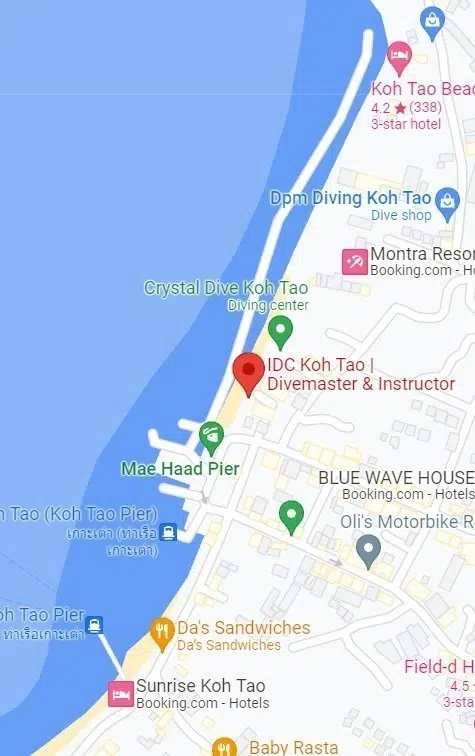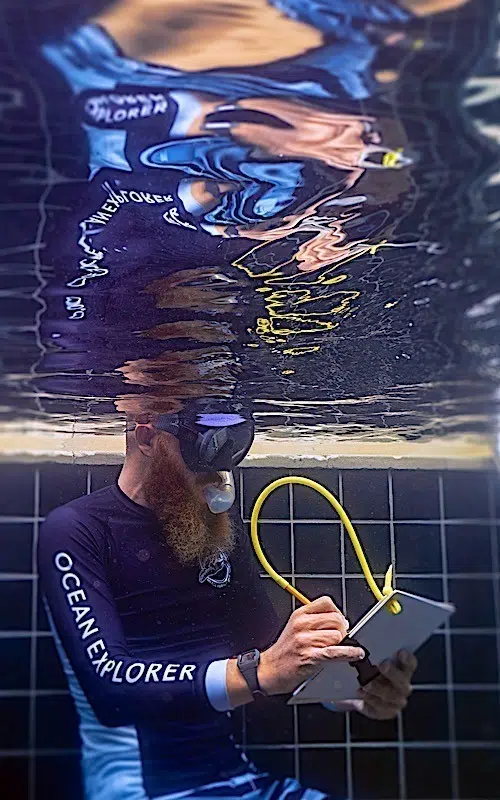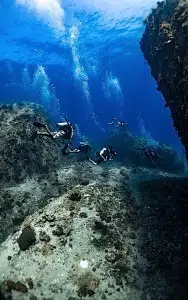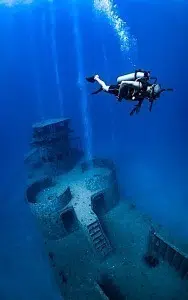Our in-house marine conservation team is a leading provider of marine conservation education on Koh Tao and throughout the South East Asia region.
- About IDC
- Diving Courses
- Cursos de Buceo
- Cursos de Buceo
- Cursos avanzados
- Buceador de aventura
- CURSO AVANZADO
- Buceador de rescate
- Cursos de especialidad
- Fotógrafo submarino digital
- Buceador de aire enriquecido
- Especialista en equipos
- Buzo de identificación de peces
- Buceador de búsqueda y recuperación
- Navegador submarino
- Cursos de especialidad
- Buzo con vehículo de propulsión
- Flotabilidad de máximo rendimiento
- Buceadora lateral
- Buceador autosuficiente
- Nivel profesional
- Especialidad de instructor
- Especialidad de instructor
- Pasantías de buceo
- PRIMEROS AUXILIOS
- PRIMEROS AUXILIOS
- Videos de Habilidades
- Cursos de Buceo
- Buceos En Koh Tao
- Marine Conservation
- Study Hub
- Contacto
- +66 (0) 89 062 6563
- [email protected]



























